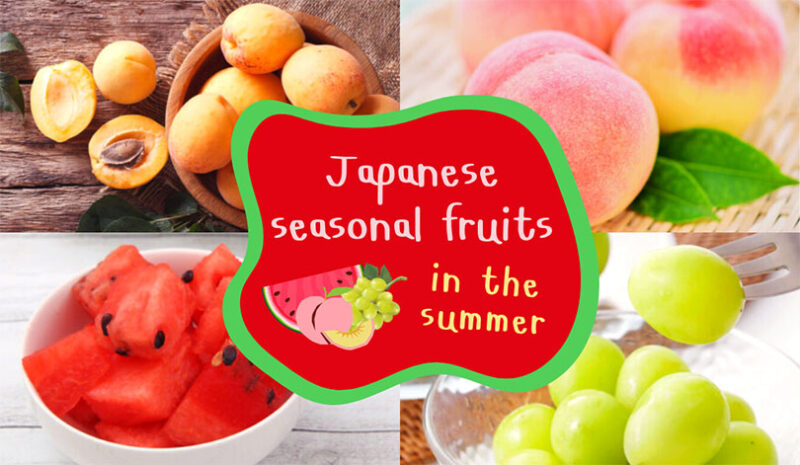The secret to Japanese high life expectancy is their diet!
Jun 04, 2021
Japanese are known for their high life expectancy, and it is not uncommon for them to survive and live longer for more than 100 years. The average life expectancy of Japanese has always been in the highest position since 1986, and approximately 1 out of 2,000 Japanese lives longer than 100 years. Many of us wonder why Japanese could live longer than other people in other countries, but the secret to its high life expectancy lies in their healthy diet and lifestyle, which are introduced in this feature.
Index
1. They are taught to not skip meals
3. Consumption of soy products
1. They are taught to not skip meals
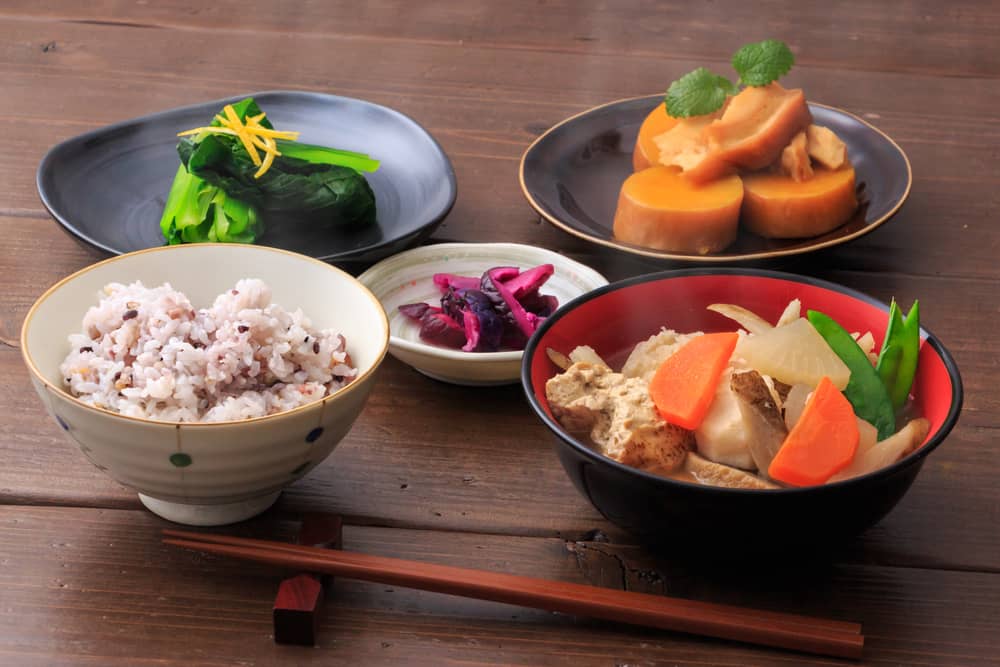
Japanese are taught to not skip meals, in fact, they are taught to eat three times a day, but only 80% full, or known as “hara-hachi-bun-me (腹八分目) to prevent overeating and obesity. Japanese are also taught to eat a well-balanced meal, that includes protein, carbohydrates, vitamins, and fiber.
2. They eat a lot of fish
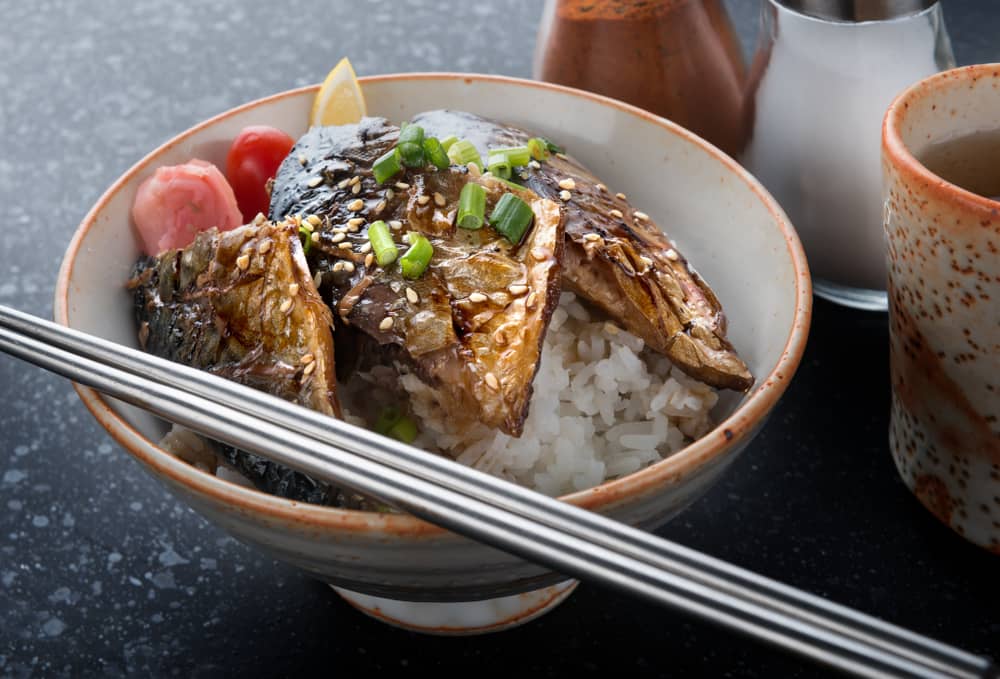
Japanese eat more fish than meat, and each person approximately eats 80 grams of fish per day. Fish is rich in omega-3 fatty acids, vitamin D, vitamin B2, calcium, iron, magnesium, and potassium. [Reference: Nutrients in Fish and Possible Associations with Cardiovascular Disease Risk Factors in Metabolic Syndrome]
Since it’s lower in fat than the meat, eating fish is good to prevent blood clot and high blood pressure.
3. Consumption of soy products
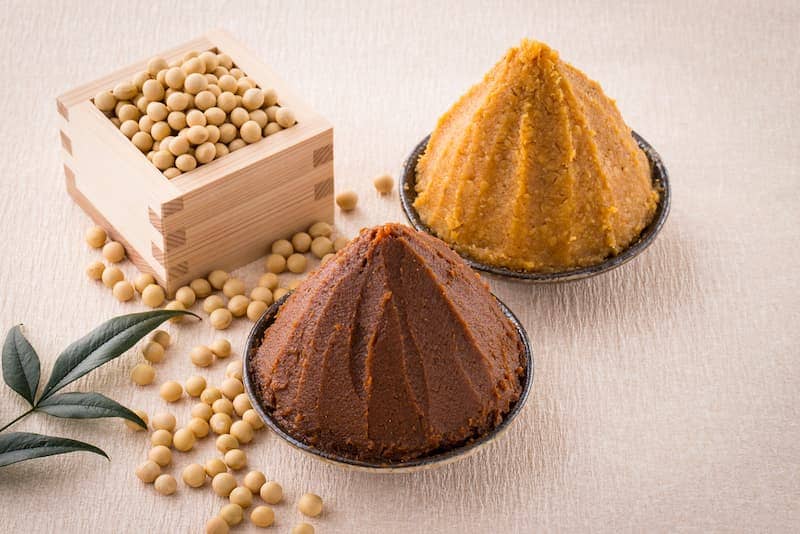
Soybeans are rich in protein, calcium, iron, and fiber, and Japanese consume a lot of soy products like miso (fermented soybean paste), shoyu (Japanese soy sauce), and tofu (bean curd) on daily basis. Eating soybeans improves your heart health, lowers cholesterol, and prevents women from getting breast cancer. [Reference: Soy, Soy Foods and Their Role in Vegetarian Diets]
4. Eating raw food and simple seasoning

Foods that are cooked or processed for too long have less nutrients than raw foods, and unlike other countries, Japanese eat a lot of raw food on daily basis. Some of the raw foods Japanese eat are raw fish, which can be found in sushi and sashimi, and raw vegetables like tsukemono (pickles), or salad.
In addition to raw food, Japanese season their foods with simple seasonings like soy sauce, dashi (broth), sake (rice wine), salt, and sugar, which are way much healthier than cream, butter, and cheese.
5. The custom of eating Ichiju-sansai
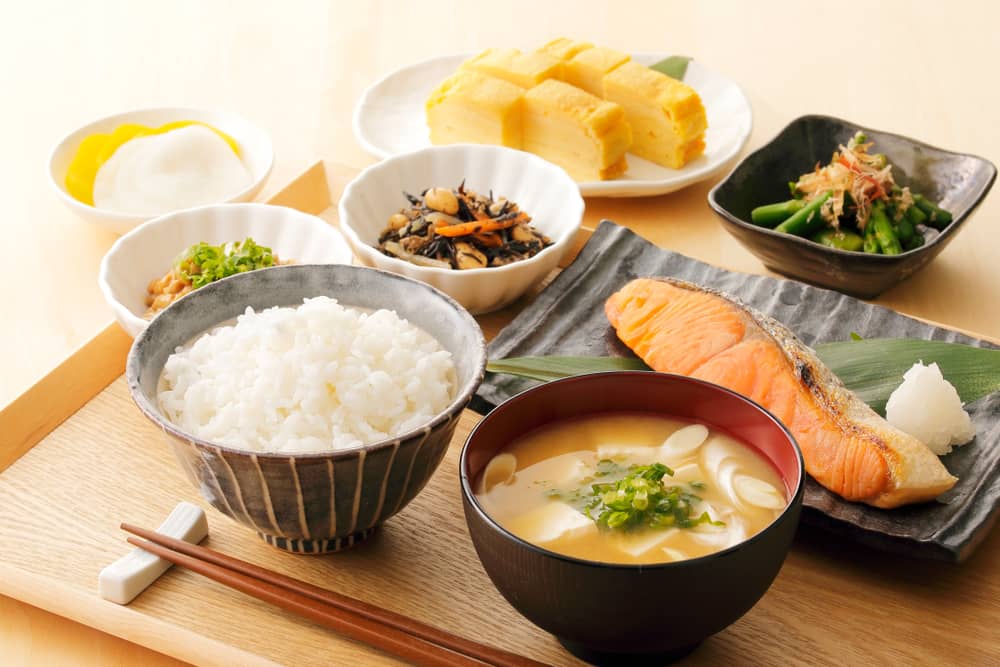
Ichiju-sansai, which literally means “1 soup and 3 side dishes” is the basic composition of washoku (Japanese cuisine). Ichiju-sansai is a part of traditional Japanese diet and is followed by almost all Japanese families. [Reference: The Role of the Japanese Traditional Diet in Healthy and Sustainable Dietary Patterns around the World]
The ideal menu for “Ichiju-sansai” is a bowl of rice, soup and pickles, and three kind of side dishes. The three side dishes usually consist of meat, fish, or vegetables that are boiled, sauteed, or grilled. The soup can be either miso soup, or tonjiru (pork miso soup).
Read more articles about Japanese lifestyle
- Four areas to meet Geisha in Japan
- Five Japanese superfoods you want to include in your diet
- Five historic towns in Japan worth traveling for


